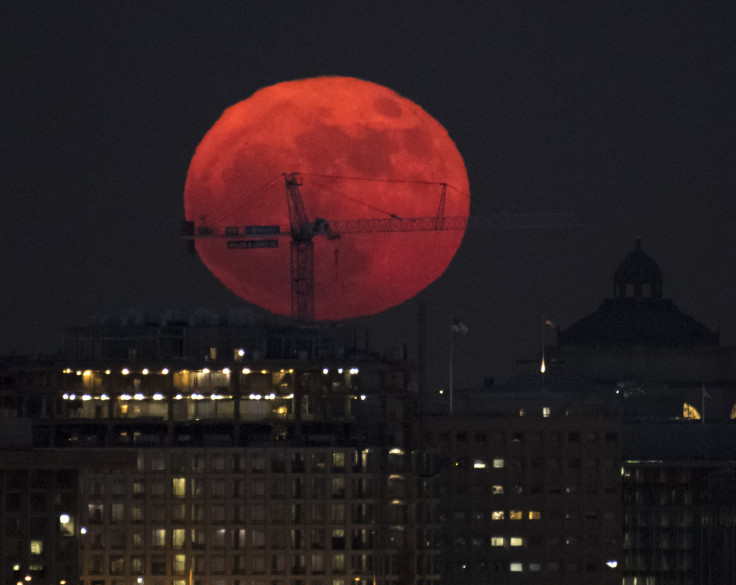Supermoon, Blue Moon And Total Lunar Eclipse, All In January 2018

If you like watching the night sky, and specifically the moon, January will be a busy month. Not because the moon will appear more often in the sky than it usually does, but because the first month of 2018 will feature two supermoons, a blue moon and a total lunar eclipse.
As the moon moves around the Earth in its elliptical orbit, the distance between the two bodies changes. And when the moon’s closest approach to the planet coincides with a full moon night, it is called a supermoon.
The phenomenon itself is entirely natural, and the only discernible difference it makes is that the moon appears somewhat larger and brighter. The 14 percent increase in size and about 30 percent increase in its brightness, however, are not easy to tell with the naked eye when our only natural satellite is high up in the sky, what with city lights and such affecting how the night sky appears. When close to the horizon, though, a supermoon seems distinctly bigger due to an optical illusion.
What is somewhat unusual, though, is three supermoons in a row. The last one happened on Dec. 3, the next one is on Jan. 1, and the third of the trilogy, as NASA called it, will be on Jan. 31.
It is the Jan. 31 moon that will be extra special. For one, being the second full moon in one month also earns it the sobriquet of a blue moon. The phrase “once in a blue moon” comes from the fact that this occurrence takes place only once every two-and-a-half years or so. Further, Jan. 31 is also the night of a total lunar eclipse, with the totality visible from most of western United States.
The Earth blocks sunlight from reaching the moon totally roughly twice every year, causing a lunar eclipse. This always happens on the night of a full moon. When this happens, the moon loses its brightness (which is not its own light, but merely a reflection of the sunlight falling on it) and instead, takes on a reddish glow. This happens because the only light that it reflects during a total eclipse is that which is scattered by Earth’s atmosphere. That scattering and bending of light leads to the reddish hue.
Putting it somewhat poetically, Sarah Noble, a program scientist at NASA headquarters, said in a statement: “We’re seeing all of the Earth’s sunrises and sunsets at that moment reflected from the surface of the moon.”
The red appearance of the moon gave rise to the term “blood moon.” So the second full moon of January will be a super-blue-blood-moon. There is nothing actually royal, bloody or even all that super about it, though. But it will still make for a beautiful sight.
Given the cold wave in many parts of the country, it may not be possible to actually see the supermoon on the night of the first day of 2018. It could be because of snowfall blocking out the moon, or it could just be the sheer cold that keeps you indoors. But the cold streak is expected to last another week or so, and the second full moon of the month should be visible from pretty much all over the country.
© Copyright IBTimes 2025. All rights reserved.





















